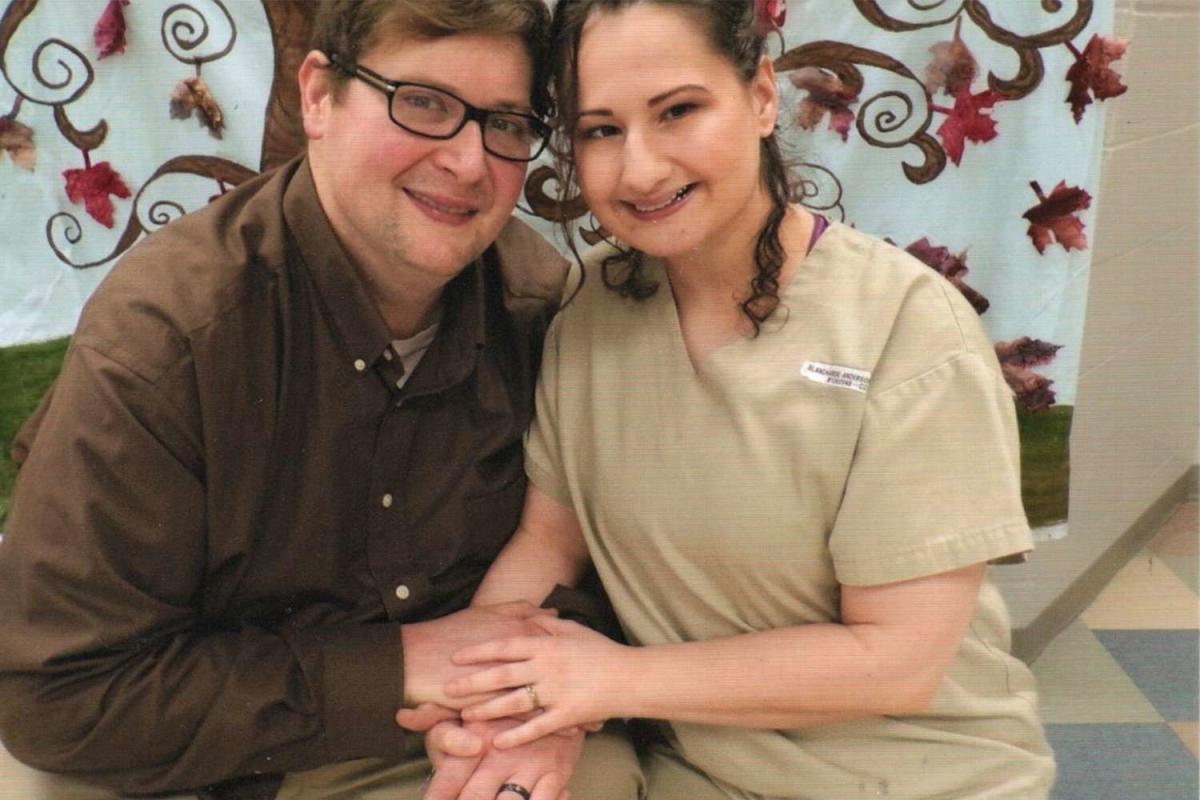In the realm of crime and societal intrigue, few subjects captivate the public's imagination quite like the enigmatic world of gypsies and their connection to crime. The phrase "gypsy rise crime photos" has become synonymous with a unique blend of cultural narratives and sensationalism. As we delve into this topic, we aim to separate fact from fiction, shedding light on the realities behind the images that have sparked both curiosity and controversy.
Gypsies, often referred to as Roma, have a rich cultural heritage that has been intertwined with various societal challenges, including stereotypes and criminal associations. The portrayal of gypsies in crime photos often leads to a complex discussion about cultural identity, societal prejudice, and the impact of media representation. By exploring these aspects, we can gain a deeper understanding of how these images come to be and their implications on public perception.
As we embark on this exploration of the "gypsy rise crime photos," we will examine the historical context of the Roma community, the reasons behind the criminalization of their image, and how these photos impact both the community and society at large. Join us as we navigate through the intricate layers of this subject, revealing truths that are often overlooked in mainstream narratives.
- Allie Dunn Leak The Untold Story And What You Need To Know
- Dan Bongino Wife Accident The Story Behind The Headlines
What is the Historical Background of the Gypsy Community?
The Roma people, commonly known as gypsies, have a long and complex history that dates back centuries. Originating from northern India, they migrated to Europe around the 14th century, bringing with them a rich tapestry of culture and traditions. However, their journey has been fraught with challenges, including discrimination and persecution.
What Cultural Aspects Define the Gypsy Identity?
Understanding the cultural identity of the Roma is essential in grasping the broader narrative of "gypsy rise crime photos." Key aspects of their culture include:
- Music and dance as central expressions of their heritage
- A strong emphasis on family and community bonds
- Traditional crafts and trades that reflect their nomadic lifestyle
- A unique language, Romani, which varies by region
How Have Historical Events Shaped the Perception of Gypsies?
Throughout history, gypsies have faced numerous challenges, including the Holocaust, where a significant portion of the Roma population was exterminated. These historical events have contributed to the stigma surrounding the community, often leading to their portrayal as outsiders in society. The impact of such events is still felt today, influencing how gypsies are depicted in media, including crime photos.
- Gloria Borgers Illness A Closer Look At The Cnn Anchors Health Journey
- Karen Finney Husband The Untold Story Behind The Power Couple
What Role Do Media and Crime Photos Play in Shaping Public Perception?
Media representation plays a crucial role in shaping public perception of marginalized communities. The use of "gypsy rise crime photos" often sensationalizes the narrative surrounding the Roma, reinforcing negative stereotypes that associate them with criminal behavior. This representation can lead to a cycle of prejudice and discrimination that further alienates the community.
Why Are Crime Photos Associated with the Gypsy Community?
The association of crime with the gypsy community can be traced back to various factors, including:
- Historical marginalization and socioeconomic challenges
- Media sensationalism that perpetuates stereotypes
- Cultural misunderstandings and lack of awareness about Roma traditions
What Impact Do "Gypsy Rise Crime Photos" Have on Society?
The implications of these crime photos extend beyond mere representation. They contribute to a broader societal narrative that can have real-world consequences for the Roma community, including:
- Increased discrimination and social exclusion
- Negative impacts on mental health and community cohesion
- Challenges in accessing services and opportunities
How Can We Challenge Stereotypes Associated with Gypsies?
Addressing stereotypes requires a multifaceted approach that involves education, awareness, and advocacy. Some strategies include:
- Promoting positive representations of the Roma community in media
- Encouraging dialogue and understanding between cultures
- Supporting initiatives that empower Roma individuals and communities
What Role Does Education Play in Changing Perceptions?
Education is a powerful tool in transforming perceptions and challenging stereotypes. By incorporating Roma history and culture into educational curricula, we can foster a greater understanding of the community's rich heritage and the injustices they have faced.
What Future Holds for the Gypsy Community and Crime Representation?
As society evolves, there is hope for a more nuanced understanding of the gypsy community. By addressing the prejudices surrounding "gypsy rise crime photos" and advocating for fair representation, we can work towards a future where the Roma are seen not through the lens of crime, but as a vibrant and integral part of our diverse society.
| Detail | Information |
|---|---|
| Name | Gypsy Community (Roma) |
| Origin | North India |
| Language | Romani |
| Key Cultural Aspects | Music, Dance, Family |
| Major Historical Events | Holocaust, Persecution |
In conclusion, the narrative surrounding "gypsy rise crime photos" is complex and deeply rooted in historical and cultural contexts. By understanding these dynamics, we can work towards breaking down stereotypes and fostering a more inclusive society that recognizes the rich heritage of the Roma community.
- P Diddy Leaked Video The Inside Story You Need To Know
- Kenyatta Matthews Rising Star In The Entertainment World


